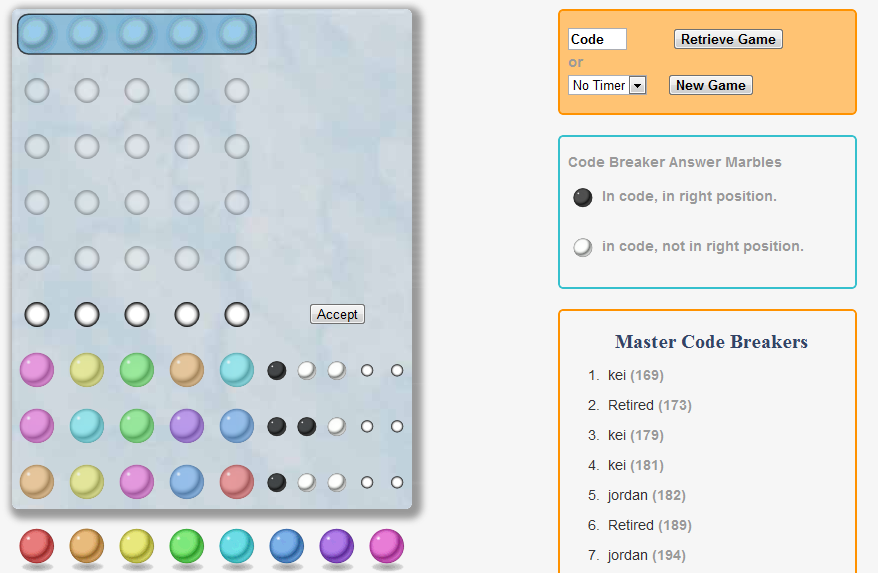Primo: A Mathematics Board Game About Prime Numbers
One of the latest cool math games I have come to know recently is Primo, a mathematics board game that looks very promising. It can be played by 2-4 players from age 10 and and above. I have never actually played it yet, in fact it is still in its testing phase, but it really looks very interesting.
How to Play Primo
Primo is a race towards the center of the board. Each player has two pawns (yes, chess pawns), and alternately rolls two 10-sided dice. The four fundamental operations (addition, subtraction, multiplication, and division) can be applied to the numbers obtained from the roll to determine the movements of the pawns. The player who lands two pawns at 101 or the center of the board wins the game. » Read more

